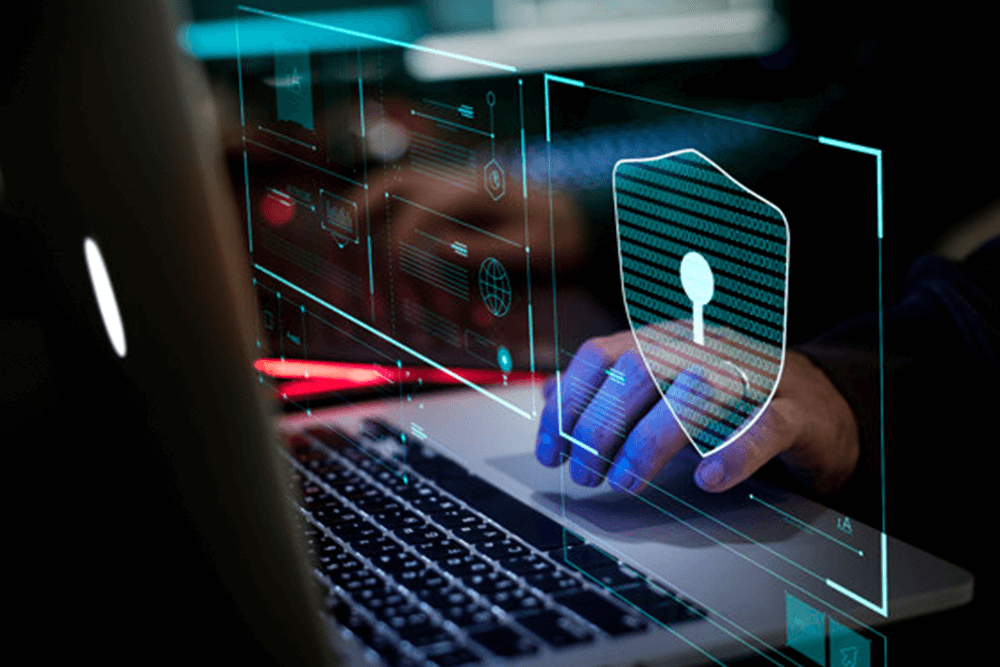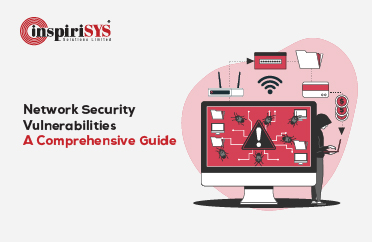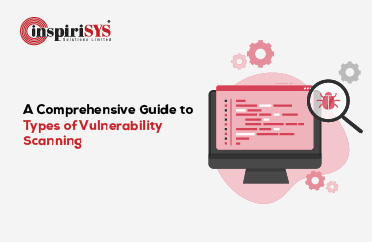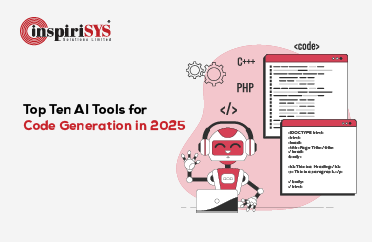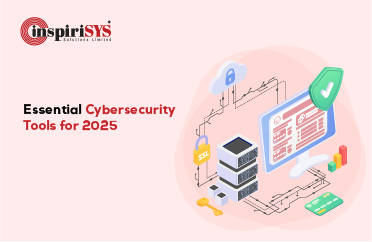All computer equipment and software are vulnerable to attacks. Security researchers and teams have responsibilities of monitoring, finding, alerting, thwarting, and protecting software systems from such attacks. However, there is an ongoing arms race between hackers and security teams. As businesses depend on an online presence, the number of cyber attacks is increasing exponentially.
As per the cybersecurity statistics report of Varonis, 31% of firms have experienced cyber attacks on operational technology infrastructure.
The average cost of a malware attack is around $2.4 million.
These statistics denote that vulnerabilities are rising in number and broadening severities too. Numerous vulnerabilities are existing as threats to your environment. Organizations are assuming the defense against threats as rare and fail to update them on a periodical basis.
The result to reduce these intrusions leads you to invest in a Security Operations Center (SOC) either on-premises or as a hybrid service. SOC operates around the clock in shifts with a dedicated facility. It prevents, identifies, assesses, and responds to vulnerabilities and incidents. SOC supports you in redefining security operations to cope with evolving cyber threats.
The number of breaches is growing by 27% per year in the U.S.
It consists of information management and event management known as Security Information and Event Management (SIEM) that collects a large number of security events, logs, packets, and others from systems across the enterprise. SIEM allows correlating events, hunting for malicious or suspicious access patterns, and identifying threats based on active threat intelligence.
Following are the five best strategic features of a next-gen security operation center:
- Log Management
Centralized and fully integrated facility for storing raw logs from multiple sources enables you to track any security breach around the clock. Log management ensures complying with standards and regulatory requirements too.
- Proactive Monitoring
SOC allows you to monitor incoming events proactively to detect potential security incidents at the earliest. We do not want to wait anymore to detect a breach, malware, or phishing agents. After detection, you can perform an initial investigation, triage of potential incidents, and escalate or close events as applicable.
- Threat Awareness
Correlation analysis of aggregated security events from various sources through SIEM and threat feeds yields a relationship or pattern among several threats, their impacts, and risks that further support to defend against specific threats or malware attacks.
Damage associated with cyberattack is expected to be $6 trillion by 2021.
- Vulnerability Management
Vulnerability assessment protects an organization on a network, infrastructure, or applications. Vulnerability management involves the identification of vulnerabilities and the evaluation of risks associated with them.
- Threat Analytics
SOC detects threats by building an analytical platform in combination with machine learning and artificial intelligence. It provides better insights about threats, their characteristics, impacts, risks, and mitigation for both pre-breach and post-breach environments. It generates dashboards and customized reports through either alerts or on-demand requests.
Inspirisys effectively safeguards your enterprise assets by offering several enterprise security solutions such as Log management and Monitoring, Correlation, Incident Response, Malware Analysis and Forensics, Reports, Vulnerability Management, and Threat Intelligence through either On-premises Service or Hybrid Service.
Apart from this, avail On-demand Services including Phishing-as-a-Service, Pen-testing-as-a-Service, and Network Forensics. Talk to us today and secure your Enterprise Assets from futuristic cyberattacks.






